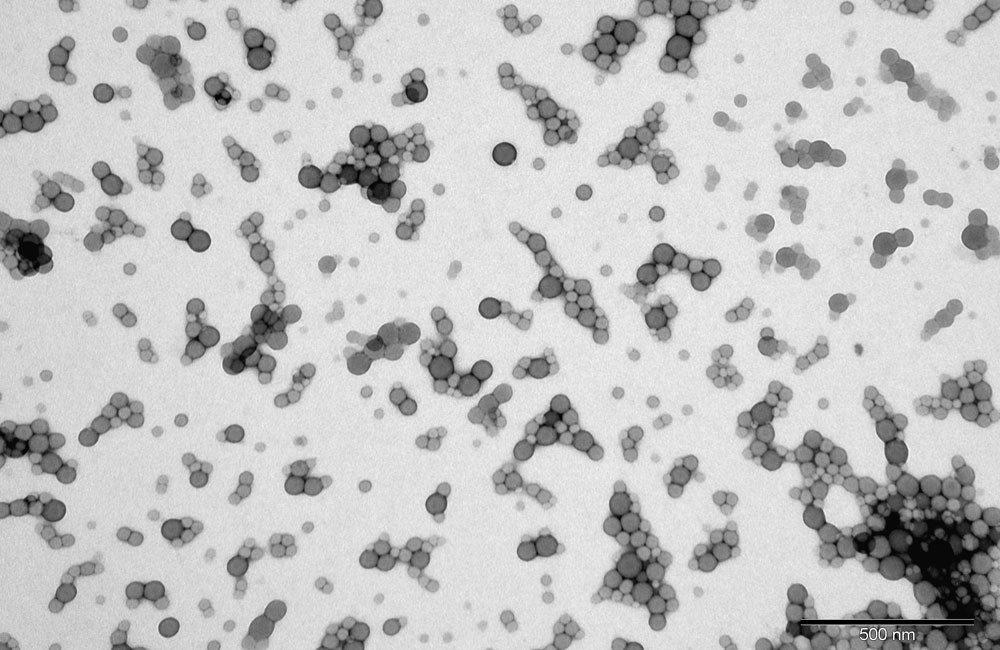Fecha:
Hora: 13:00 a 14:00.
Lugar: Aula B01 de la Facultad de Ciencias de la Universidad de Granada.
Ponente: Paola Sanchez Moreno (Universidad de Granada).

Resumen: During my latest postdoctoral period my research mainly focused on the safety assessment of ingested nanomaterials following standardized operating procedures (SOPs) developed in the EU project NANoREG (A common European approach to the regulatory testing of nanomaterials). In this seminar I will present the nanotoxicological studies of two different nanomaterials using an in vitro model of intestinal barrier.
The first part will be focused on nanoplastics [1]. The presence of micro- and nanoplastics in the marine environment is raising strong concerns since they may penetrate the marine food chain through the diet and they can possibly have a negative impact on human health. In particular, the lack of appropriate methodologies to collect the nanoplastics from water systems imposes the use of engineered model nanoparticles to explore their interactions with biological systems, with results not easily correlated with the real case conditions. Here we propose a reliable top- down approach based on laser ablation of polymers to form polyethylene terephthalate (PET) nanoplastics, which mimics real environmental nanopollutants, unlike synthetic samples obtained by colloidal chemistry. Characterization in terms of physical-chemical properties and effects on a model of intestinal epithelium will be explained.
In the second part of the seminar, the biotransformation and biological impact of graphene-related materials (GRMs) following ingestion as exposure route will be discussed [2] . The integration of GRMs into consumer products makes crucial to assess their potential risk for humans, by defining their toxicological profile and biological fate within the exposed organisms. After inhalation, GRMs may also enter the digestive apparatus, through swallowing. In addition, unintentional direct ingestion of GRMs could occur from contaminated water or upon their release from food packaging. In this work, an in vitro digestion assay that simulates the human ingestion of nanomaterials during their dynamic passage through the different environments of the gastrointestinal tract (salivary, gastric, intestinal) is exploited. Physical-chemical changes of GRMs during the digestion as well as the effects of exposure to digested nanomaterials on the model of intestinal barrier will be shown.
References:
[1] Magrì D and Sánchez Moreno P. et al. ACS Nano 2018, 12, 7690−7700
[2] Guarnieri D. et al. Small 2018, 14, 1800227
Organiza el Grupo de Física de Fluidos y Biocoloides de la UGR.





